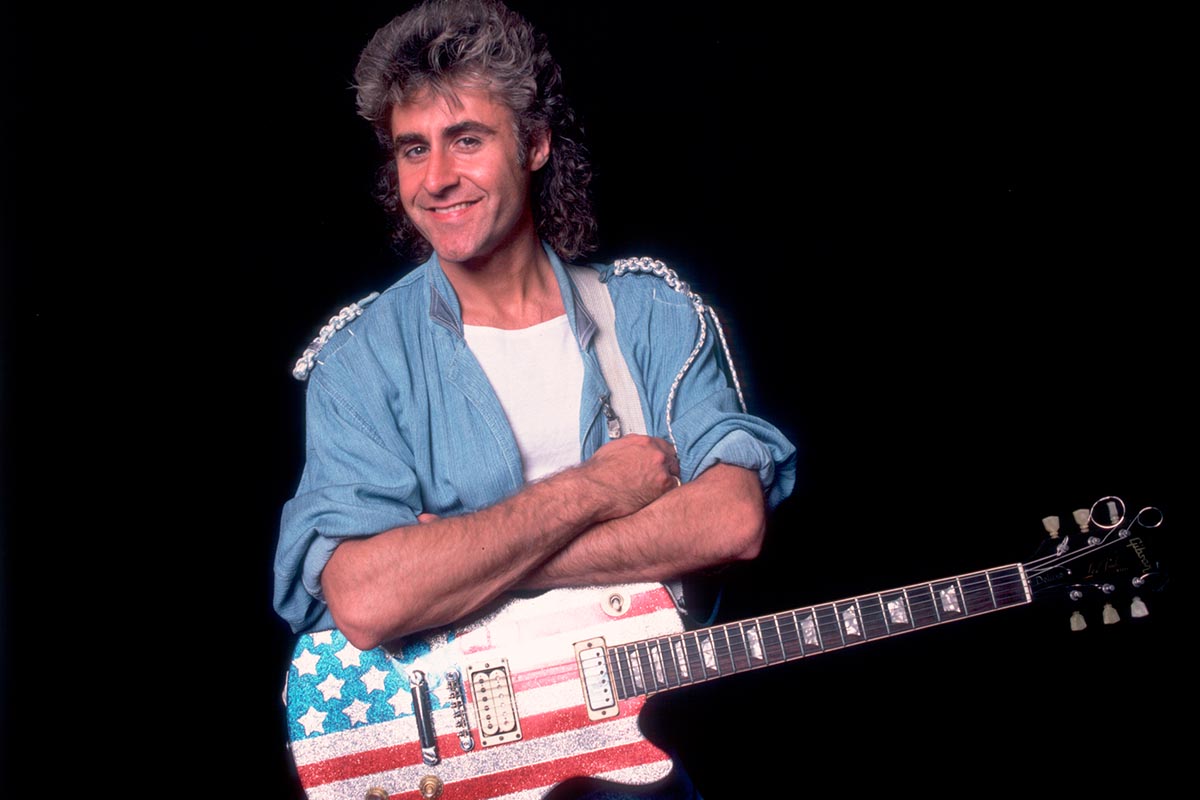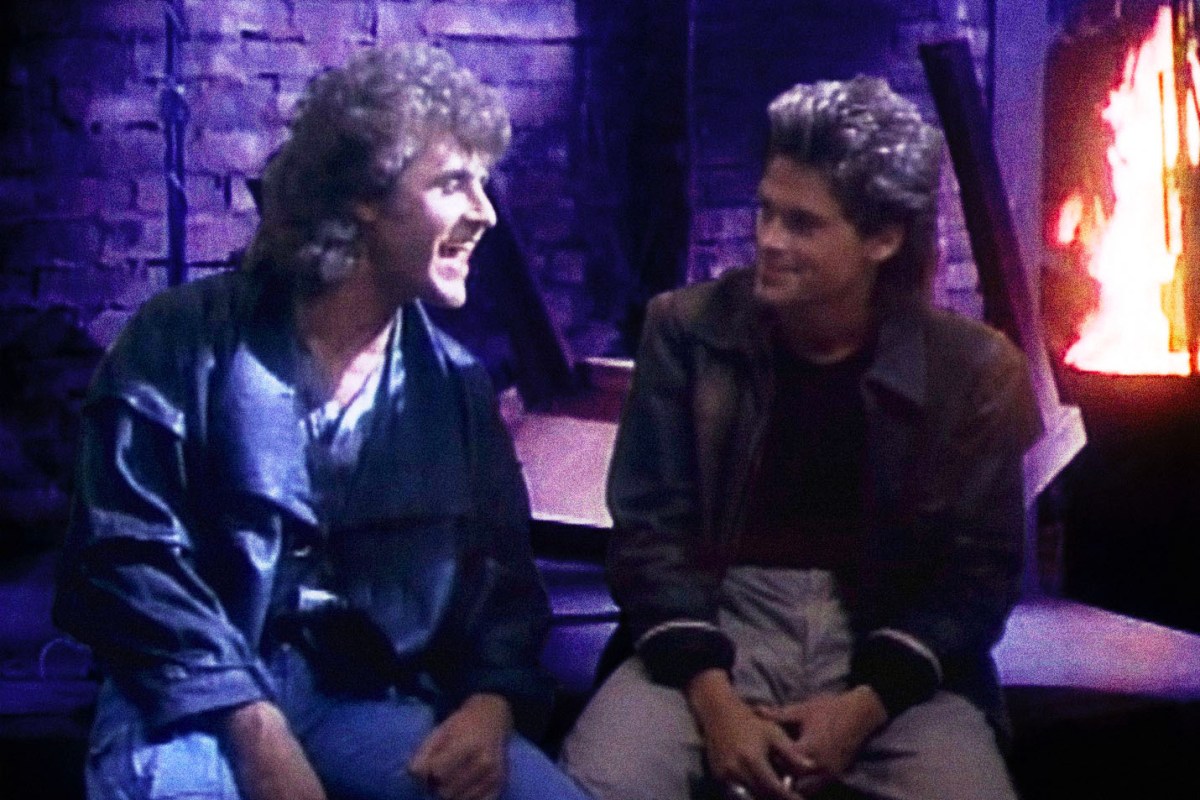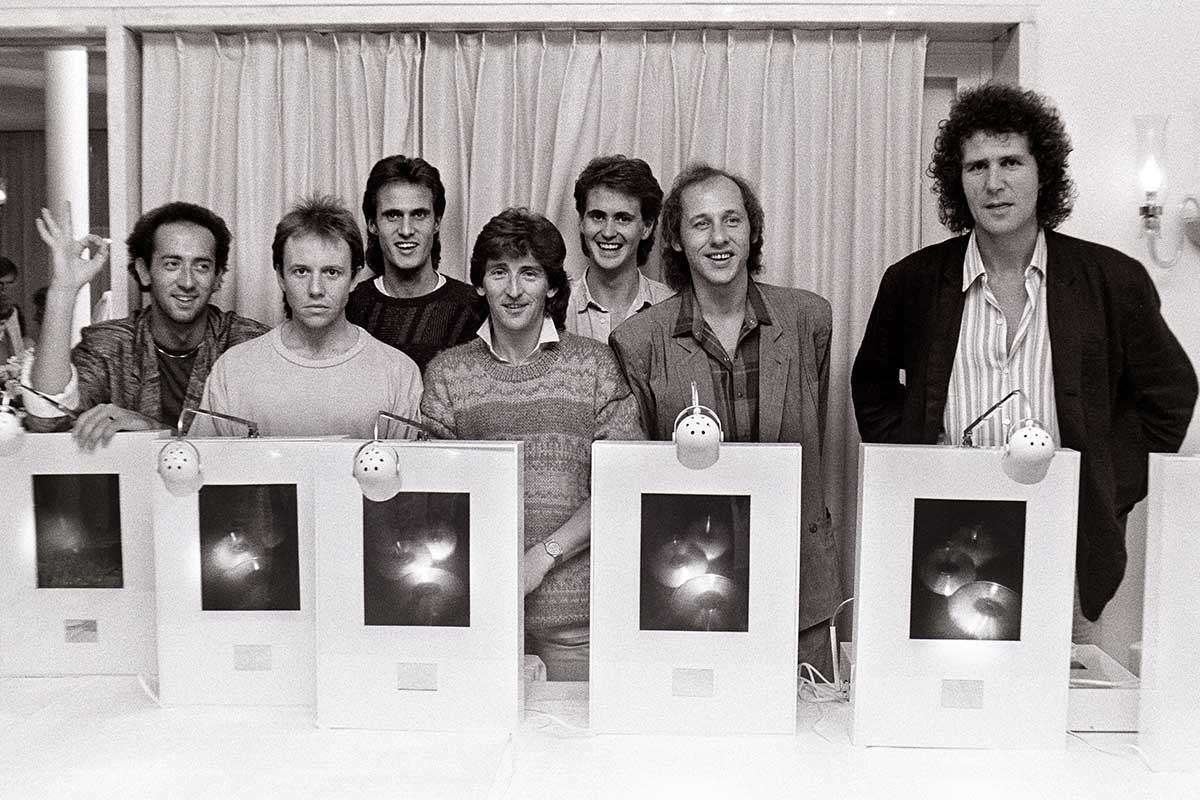First, RIP Joel Schumacher. The director of the 1985 hit film St. Elmo’s Fire (along with The Lost Boys, Flatliners and two Batman films) passed away this week at the age of 80. You can find our tribute to him here.
An indirect tribute follows: This week marks the 35th anniversary of the release of “St. Elmo’s Fire (Man in Motion),” John Parr’s hit single from, natch, the St. Elmo’s Fire original soundtrack. Three months after its release, the song topped the charts in America. It was Parr’s second and last hit.
Even if you’re under the age of 35, you’ve probably heard the synth- and horn-driven anthem, most likely in Deadpool or Spider-Man: Into the Spider-Verse. The song’s post-1985 placement in pop culture (see also: The Simpsons, part of a Tim Tebow tribute) can best be described as 75% ironic and 25% recognizing the song’s dated but undeniable anthemic appeal. It may not slap, but “Man in Motion” does maintain its earnestness and good nature three-plus decades later.
Co-written by Parr and Grammy-winning songwriter David Foster, “Motion” was released pretty much exactly halfway through 1985, so it kind of serves as the decade’s exact median point.

And nowhere else could this song exist except the mid-’80s. At the time, Parr was a relatively unknown, mullet-clad English rocker with one top 40 hit under his belt. The song itself oddly meshes guitars, synths and horns into sort of a revved-up Chariots of Fire; the lyrics vaguely touch on the film’s themes, but really reference a Canadian wheelchair athlete named Rich Hansen, who was in the midst of a spinal cord injury awareness campaign called the “Man in Motion” tour.
The track features musical contributions from members of REO Speedwagon, Toto and Mr. Mister, three musically talented but … let’s say “pasty” rock bands who all pretty much stopped having hits the second the year counter switched to a ’90 (“Africa” re-releases notwithstanding).
And Foster himself — 16 Grammy wins aside — has never exactly been a paragon of cool. His noted work includes collaborations with the likes of Kenny Loggins, Chicago/Peter Cetera, Kenny G and Rod Stewart.
So the song is very much a product of the time, and that goes double for the music video. Filmed in a day, the clip features several archetypical early-MTV soundtrack staples: a gratuitous number of scenes from the movie interspersed with a performance from Parr on the actual set of the movie (at the St. Elmo’s bar), sometimes with fans, sometimes alone in a fire-damaged version of the club.
At the three-minute mark, Parr’s image overlaps with scenes from the film. Then the actors appear, and the singer, in a moment that seems to make everyone cringe (including Parr), sings directly to the characters in an uncomfortably avuncular manner, occasionally touching a shoulder or offering a weird smile between a pretty bad lip sync. Rob Lowe, to his credit, appears bemused. (Side note: A vastly inferior version of this formula can be seen and heard in Sammy Hagar’s “Winner Takes It All” video from the Sylvester Stallone 1987 flop Over the Top.)
At this point we should note that Parr’s song is the lynchpin of a soundtrack to a recognizably bad film revolving around seven of the “most loathsome human beings” ever put to script (at least according to one movie exec). Those terrible people were portrayed by a talented but peaking group of that decade’s young actors dubbed the “Brat Pack.” For some of them, this movie served as a last hurrah of sorts (kudos to Lowe and Demi Moore for their staying power).
And yet we have nothing but love for St. Elmo’s Fire, a movie we’re not even sure we’ve ever watched all the way through. Our warm memories owe entirely to this corny but musically confident anthem, which really does brings us back to a time when we feel like we could [*checks lyrics*] “find a new horizon underneath the blazing sky, where the eagle’s flying higher and higher.”
In a vacuum, it’s a bad, forgettable song from what should’ve been remembered as an equally bad and forgettable movie. But as a relic of an era in which bad, forgettable art sort of flourished, it’s somehow managed to endure as a piece of nostalgic pop-culture ephemera, and we fully expect to be reading another article like this one five years from now.
This article was featured in the InsideHook newsletter. Sign up now.























